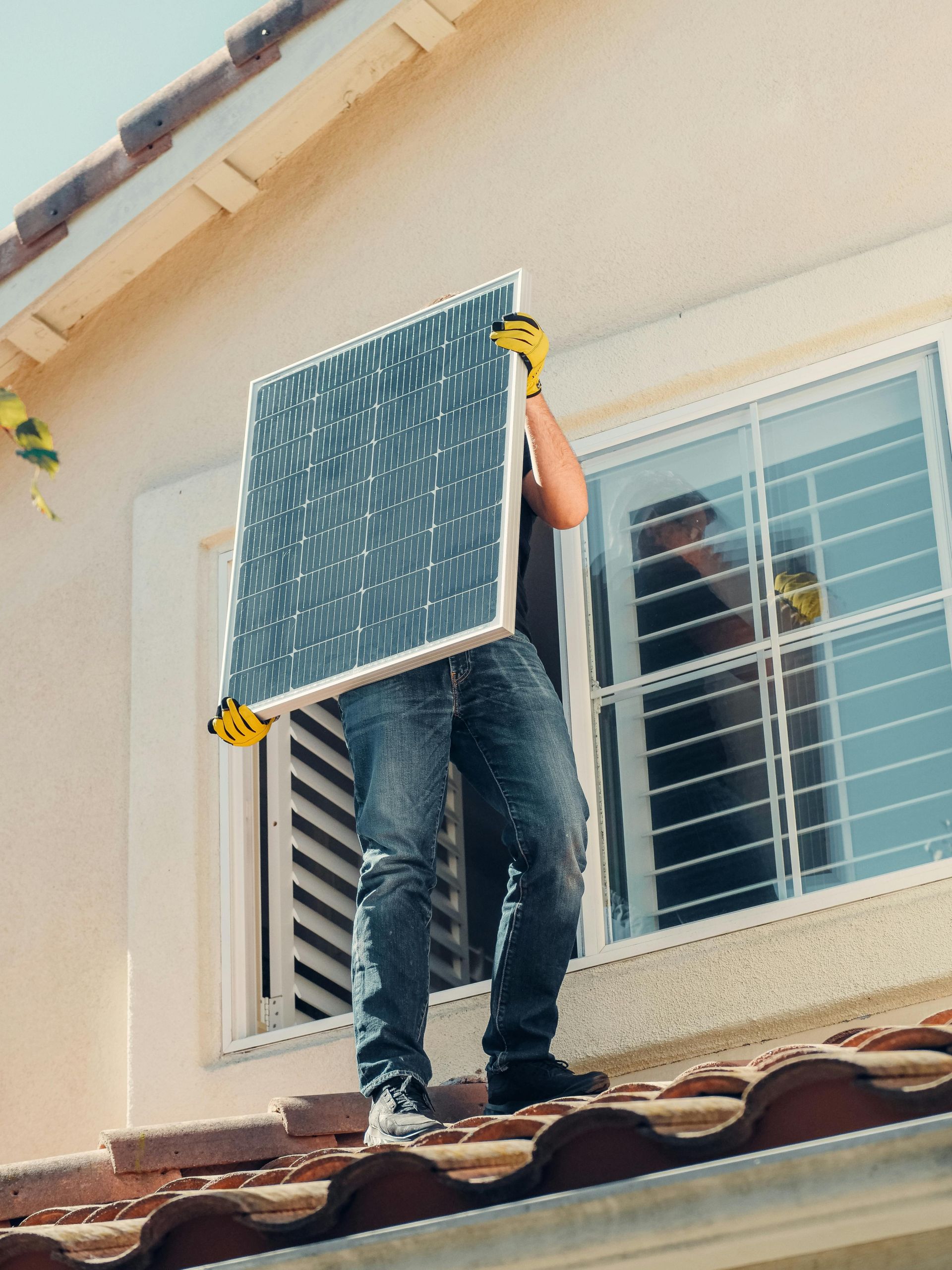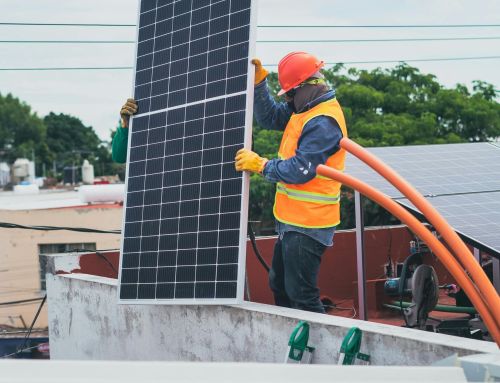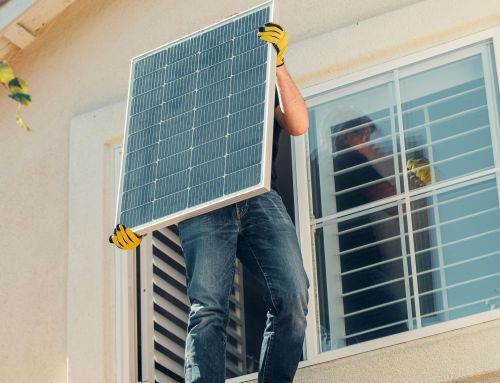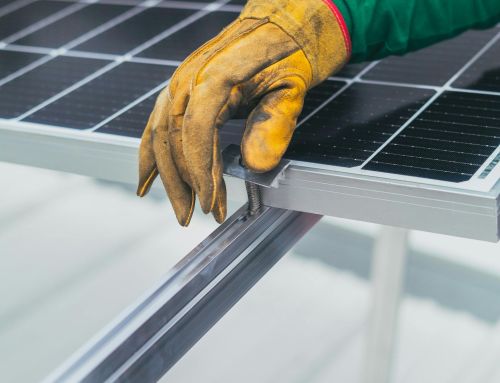Imagine you’re sitting at your kitchen table, sipping your morning coffee, and glancing at the latest electricity bill. It’s a familiar sight, a monthly reminder of the ever-increasing cost of energy.
You’ve probably daydreamed about a more sustainable, less expensive way to power your home. Well, the dream of a solar-powered future doesn’t have to remain just a dream. It’s time to explore the world of solar panels and discover the cheapest type of solar panel that can fit your budget and energy needs.
With the sun shining brightly overhead, it seems almost wasteful not to use this energy. Solar panels offer a clean, renewable, and potentially cost-effective way to power your home.
But before you dive headfirst into the world of solar, let’s take a closer look at the different types of solar panels available and their associated costs.
Solar Panels: A Spectrum of Costs
Just like a trip to the supermarket offers a variety of products with varying price tags, the world of solar panels has a range of options at different costs. Understanding these differences is key to finding the cheapest type of solar panel that fits your budget and energy needs.
Hidden Costs to Consider When Going Solar
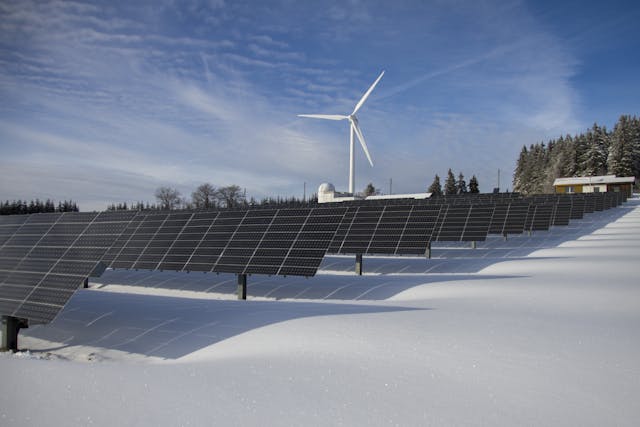
While the price of the panels themselves is a significant factor, it’s important to consider the hidden costs of going solar. These can include:
- Installation costs: The labor and materials involved in installing your solar system can vary depending on the complexity of your roof, the size of the system, and your chosen installer.
- Permits and inspections: Obtaining the necessary permits and inspections for your solar installation can come with additional fees.
- Monitoring system: While not essential, a solar monitoring system allows you to track your energy production and identify any potential issues with your system. This can add to the overall cost.
- Maintenance: Regular maintenance is crucial for ensuring optimal performance of your solar system. Factor in the cost of routine cleaning and any potential repairs.
By understanding both the upfront cost of the panels and the hidden costs of going solar, you can create a more accurate budget for your solar project.
Unveiling the Most Affordable Panel Options
Our exploration of the cheapest type of solar panel leads us to three main contenders:
Thin-Film Solar Panels
These are the new kids on the block, offering a lightweight and flexible option. Think of them as the “budget-friendly” choice in the solar panel world. Made from materials like amorphous silicon or cadmium telluride, they are generally the cheapest type of solar panel you’ll find.
However, there’s a catch – they also have the lowest efficiency ratings. This means they convert less sunlight into usable electricity compared to other types of panels.
Polycrystalline Silicon Panels
Consider these the “workhorses” of the solar panel family. Made from multiple silicon crystals melted together, they are slightly less efficient than monocrystalline panels but are also more affordable. This makes them a popular choice for budget-conscious homeowners and businesses. For Auckland residents with larger roof spaces and a focus on affordability, polycrystalline panels could be a great option.
Used or Salvaged Panels
While not as readily available, used or salvaged panels offer the potential for significant savings. However, there are some caveats. The condition of the panels is crucial, and ensuring they are still functional and safe to use requires careful inspection. Additionally, warranties might not be transferable with used panels.
Beyond the Price Tag: Unveiling Other Considerations
So, you’ve found the cheapest type of solar panel – fantastic! But before you race out and buy a truckload, there are some other factors to consider:

Upfront vs. Long-Term Costs
While thin-film panels might be the cheapest upfront, their lower efficiency could mean you need more panels to generate the same amount of energy as a more efficient option. This could translate to higher installation costs.
Roof Space
Remember, those sleek, high-efficiency panels might be compact, but they also require less roof space to generate the same amount of energy as their less efficient counterparts. If you have limited roof space, affordability might trump efficiency.
Government Incentives
In New Zealand, the government offers various financial incentives, like rebates and grants, to encourage the adoption of solar power. These incentives can help offset the upfront cost of solar panels, making even higher-efficiency options more attractive.
Making the Smart Choice: Choosing the Best Panel for Your Budget
What is the cheapest type of solar panel for home? While thin-film panels might appear to be the most budget-friendly option at first glance, it’s important to consider your specific needs and roof space. For some, a slightly more expensive, high-efficiency panel could be the smarter long-term investment.
Partnering for a Brighter Future
Ultimately, finding the cheapest type of solar panel that’s right for you requires expert guidance. Partnering with a reputable solar installer like Prolectrix can make all the difference.
Our team of solar experts can analyse your energy needs, roof space, and budget to recommend the most cost-effective solar panel option for your home.
Conclusion
By understanding the different types of solar panels and their costs, you can make an informed decision on choosing the right solar panels for you without breaking the bank. Remember, a solar-powered future doesn’t have to be expensive.
With careful planning and expert guidance, you can enjoy lower energy bills and a more sustainable future for your home and the planet.

